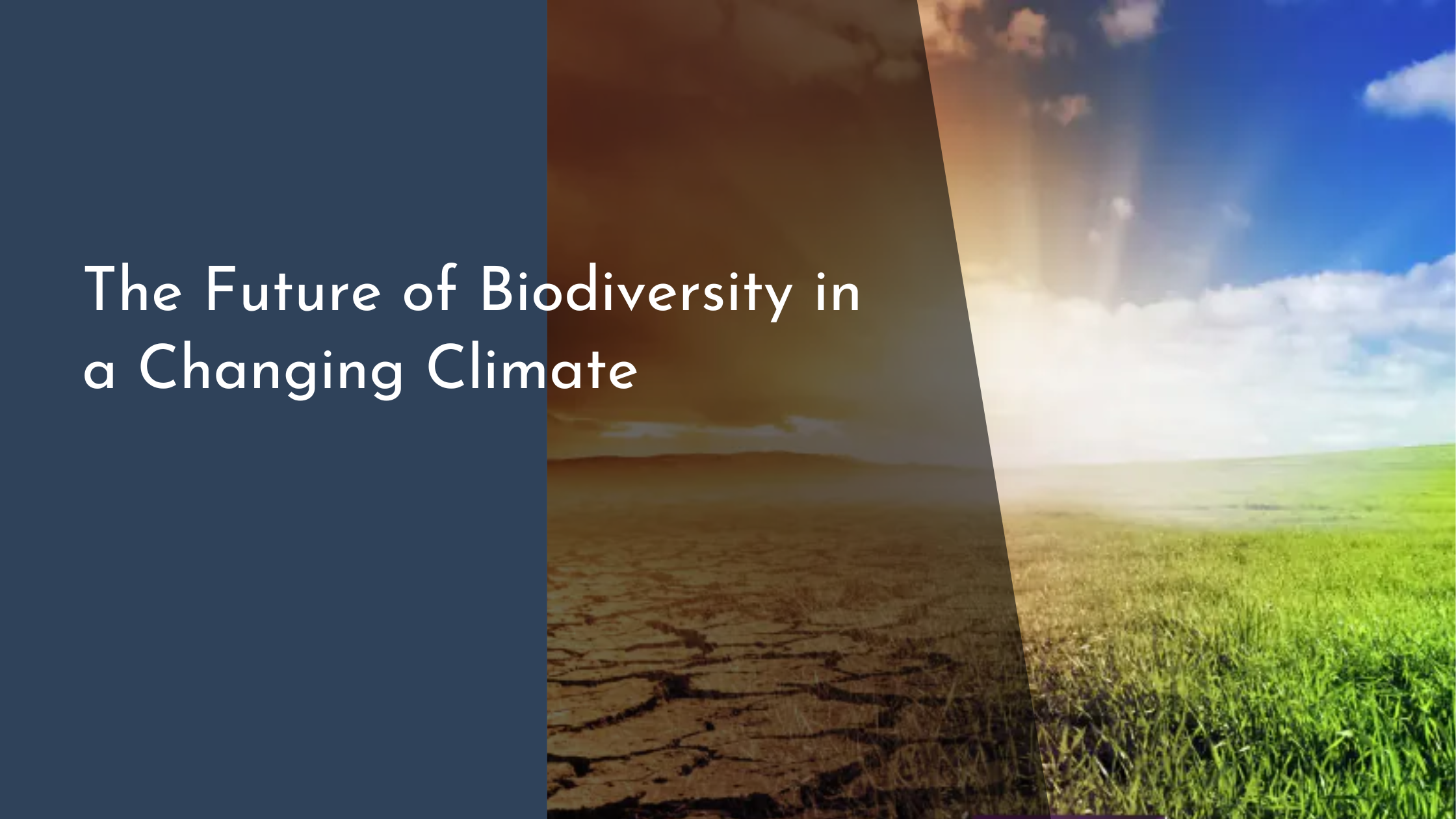The Future of Biodiversity in a Changing Climate
The intricate web of life on Earth, known as biodiversity, is threatened by the ever-changing climate. As temperatures rise and ecosystems shift, the future of countless species and habitats hangs in the balance. Yet, with challenges come opportunities for innovation and optimism. This article explores the current state of biodiversity in the face of climate change, the hurdles we face, and the bright prospects that lie ahead through innovative conservation solutions.
Understanding Biodiversity and Climate Change
Biodiversity refers to the variety of life on Earth, encompassing the myriad species of plants, animals, fungi, and microorganisms, as well as the ecosystems they form. It’s a delicate balance that ensures ecosystem services like pollination, nutrient cycling, and climate regulation. Climate change, primarily driven by human activities, is exerting unprecedented pressure on this balance. Rising temperatures, altered precipitation patterns, and increased frequency of extreme weather events are reshaping habitats and threatening the survival of species worldwide.
Climate change affects biodiversity in several ways. One significant impact is the alteration of habitats, leading to shifts in species distributions. As some regions become inhospitable, species are forced to migrate, adapt, or face extinction. Additionally, climate change exacerbates existing threats like habitat destruction, pollution, and overexploitation. The resulting loss of biodiversity not only impacts ecosystems but also affects human livelihoods, emphasizing the need for urgent action to mitigate these changes and protect the world’s rich biodiversity.
Key Challenges Facing Global Biodiversity
One of the most pressing challenges is habitat loss and fragmentation. As human populations grow and expand, natural habitats are increasingly converted for agriculture, urban development, and infrastructure. This fragmentation isolates species, making it difficult for them to migrate or find suitable environments in response to climate change. The loss of connectivity between habitats thus hampers the ability of species to adapt, leading to a decline in biodiversity.
Another significant challenge is the introduction of invasive species, often exacerbated by climate change. As ecosystems are disturbed, non-native species can outcompete native species for resources, further threatening biodiversity. Invasive species disrupt food webs, alter ecosystem functions, and can lead to the extinction of indigenous species. Addressing these challenges requires global cooperation and innovative approaches to conservation that prioritize the maintenance of biodiversity and ecosystem resilience.
Innovative Solutions for Conservation
Conservation efforts are increasingly embracing innovative solutions to address the challenges posed by climate change. One such approach is the use of technology for monitoring and protecting biodiversity. Remote sensing, satellite imagery, and drones are now utilized to track changes in ecosystems, identify at-risk species, and enforce anti-poaching measures. These technologies provide critical data that enhance our understanding of biodiversity dynamics and inform targeted conservation strategies.
Another promising solution is the concept of ecosystem-based adaptation (EbA). This approach involves the sustainable management, conservation, and restoration of ecosystems to help communities adapt to the impacts of climate change. By focusing on restoring natural habitats like wetlands and mangroves, EbA not only supports biodiversity but also enhances ecosystem services such as carbon sequestration and flood regulation. These nature-based solutions offer a win-win scenario, promoting both biodiversity conservation and climate change mitigation.
Optimistic Prospects for Future Biodiversity
Despite the challenges, there is reason for optimism regarding the future of biodiversity. Increased global awareness and commitment to conservation have led to significant progress in protecting endangered species and habitats. International agreements like the Convention on Biological Diversity and the recent establishment of the Post-2020 Global Biodiversity Framework emphasize the importance of collaborative efforts in safeguarding biodiversity. These initiatives highlight the potential for large-scale positive change when nations work together toward common ecological goals.
Moreover, the rise of community-led conservation projects is fostering a renewed connection between people and nature. Local communities, recognizing the importance of biodiversity for their cultural and economic well-being, are taking charge in conservation efforts. By empowering indigenous and local populations to manage their natural resources sustainably, these projects not only preserve biodiversity but also promote social equity and resilience. As these initiatives gain momentum, they pave the way for a future where biodiversity thrives in harmony with human development.
The future of biodiversity in a changing climate is undoubtedly fraught with challenges, but it is also ripe with opportunities for positive change. By embracing innovative solutions and fostering global cooperation, we can mitigate the impacts of climate change and promote a resilient and biodiverse planet. This optimistic vision requires continued commitment and action from individuals, communities, and nations. Together, we can ensure that the richness of life on Earth not only endures but flourishes for generations to come.



